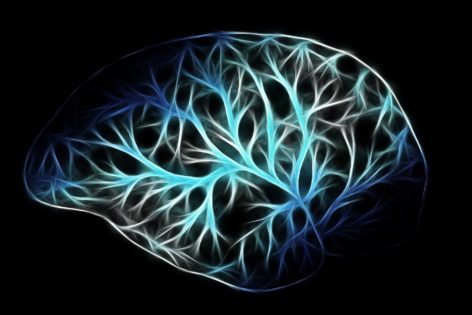
Treatment for Multiple Scleroris
13/06/2018


400,000 people in the United States have MS.

About 200 new cases are diagnosed each week in the United States.

Most people are diagnosed between the ages of 20 and 40.

More women than men are diagnosed with MS.

MS is more common in countries further north or south from the equator.
Source: The Multiple Sclerosis Foundation & www.healthline.com
In the US, the number of people with MS is estimated to be about 400,000, with approximately 10,000 new cases diagnosed every year.*
MS can develop at any age but the most people are diagnosed between the ages of 20 and 40.
Whilst researchers don’t fully understand the causes of MS they are aware of key patterns in those most likely to be affected by the condition. Generally it impacts those further from the equator and from Northern European backgrounds at a significantly higher rate. It is estimated in southern states (below the 37th parallel), the rate of MS is between 57 and 78 cases per 100,000 people. The rate is twice as high in northern states (above the 37th parallel), at about 110 to 140 cases per 100,000.
MS also seems to impact females more than males with the incidence of females with the condition at 2 -3 times the rate of males.
Once diagnosed, MS stays with you for life, but treatments and specialists can help to manage the condition and its symptoms.
Most sufferers are most likely to be diagnosed with MS in their 40s and 50s, and many notice their first symptoms years before they get their diagnosis but because the central nervous system links everything the body does, MS can cause many different types of symptoms.
The specific symptoms that appear depend on which part of your central nervous system has been affected, and the job of the damaged nerve.
Research into Stem Cell Treatment
Stem cell therapy and in particular Mesenchymal Stem Cell Therapy (MSCT) is seen as a hugely exciting area of research. As well as being a key research tool, they’re also being developed as treatments for MS – with early research suggesting they might help to promote myelin repair and have a positive effect on the immune system.
Specifically, researchers are investigating whether it’s possible that stem cells could become the type of cell types which could slow MS activity, as well as repairing existing damage already done – this includes replacing faulty parts of the immune or nervous system. This is still largely seen as an experimental treatment for MS, although early results in investigations have been encouraging and understanding how to treat MS with stem cells is improving.
The most studied stem cell therapy for MS is Haematopoietic stem cell transplantation, which is now becoming available through the NHS at a very small number of hospitals. However it is important to note that the number of people who are currently accepted for this treatment is very small.
The second form of stem cell therapy being tested for the treatment of MS uses mesenchymal stem cells, such as the ones found in teeth. In February 2018, a small trail was held at the Tisch MS Research Center of New York. The trial took place with 20 individuals, using their own mesenchymal stem cells to grow more specific stem cells called ‘neural progenitor cells’. The main aim of this was to augment tissue repair and help support the immune system. Results of the phase I trial can be found here.
Preparing Your Child’s Future Health
The best stem cells are young stem cells, before they can deteriorate through age of pollution. That’s why it’s advisable to bank stem cells whilst they are in their prime, at the best they will ever be – at the youngest age possible.
As children naturally lose around 12 teeth over a five-year period, the process of obtaining viable stem cells for future treatment for conditions, such as diabetes, is non-invasive. It’s also the most cost effective way to ensure cells are banked and ready for when they may need to be used in the future.
If you want more information on how you could bank your children’s baby teeth for potential future therapeutic use, have a chat to one of our team or download our guide to stem cell banking.
To keep up to date with the latest developments in stem cell therapy and the treatment of diabetes, make sure to check back regularly to our blog.
You can read our latest news article on MS and stem cell therapy here.

13/06/2018

09/05/2018

20/03/2018

14/03/2018